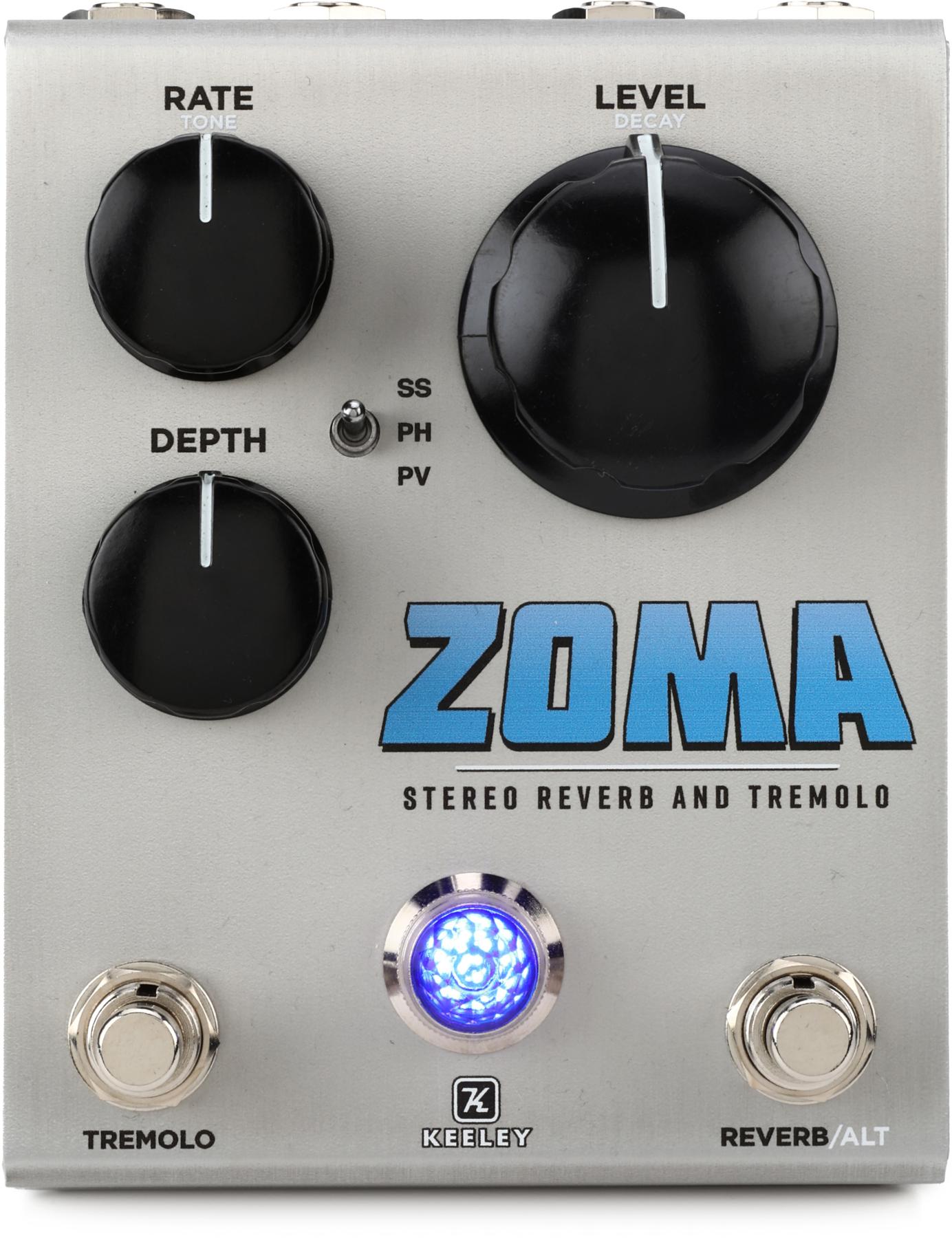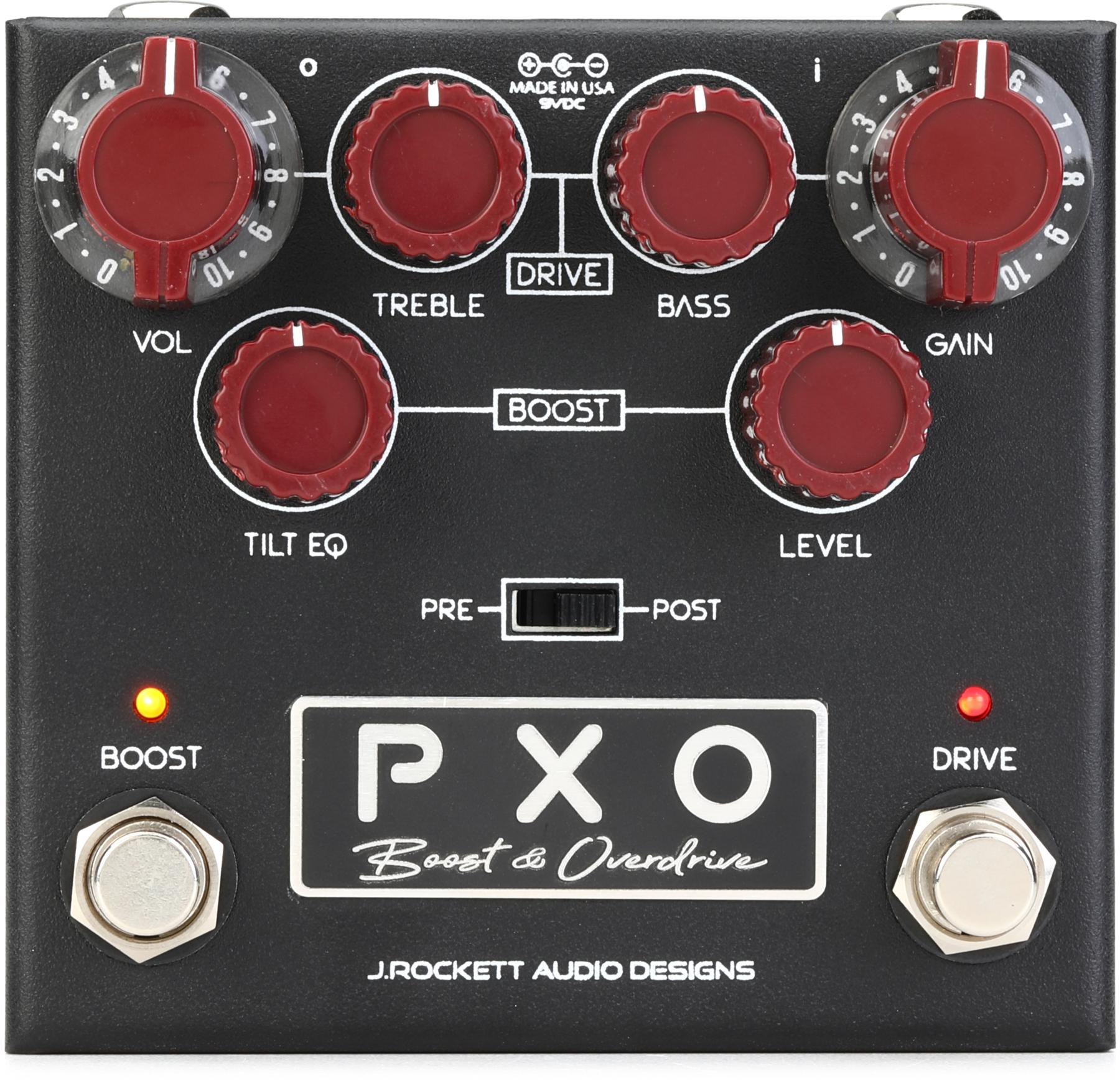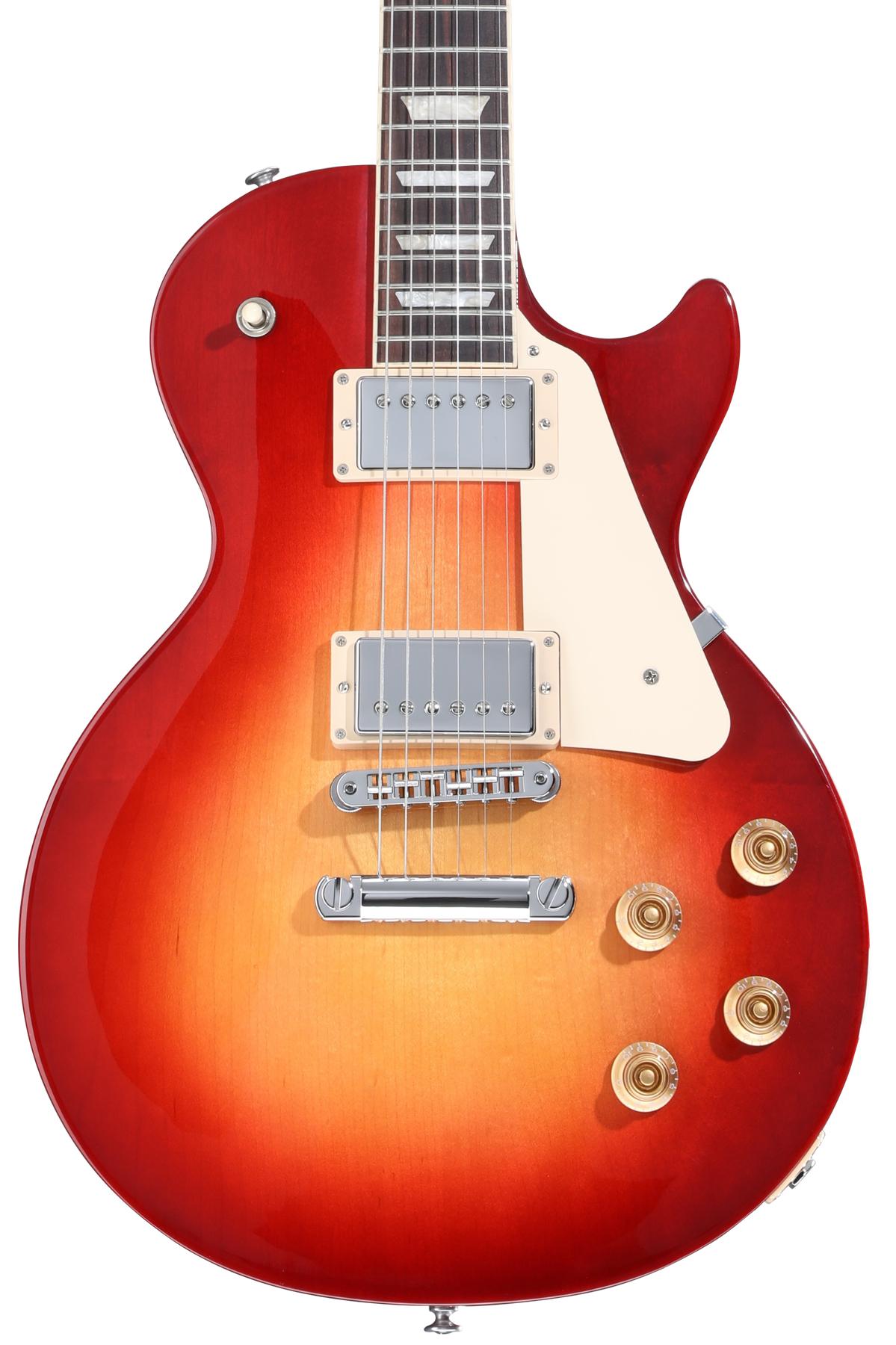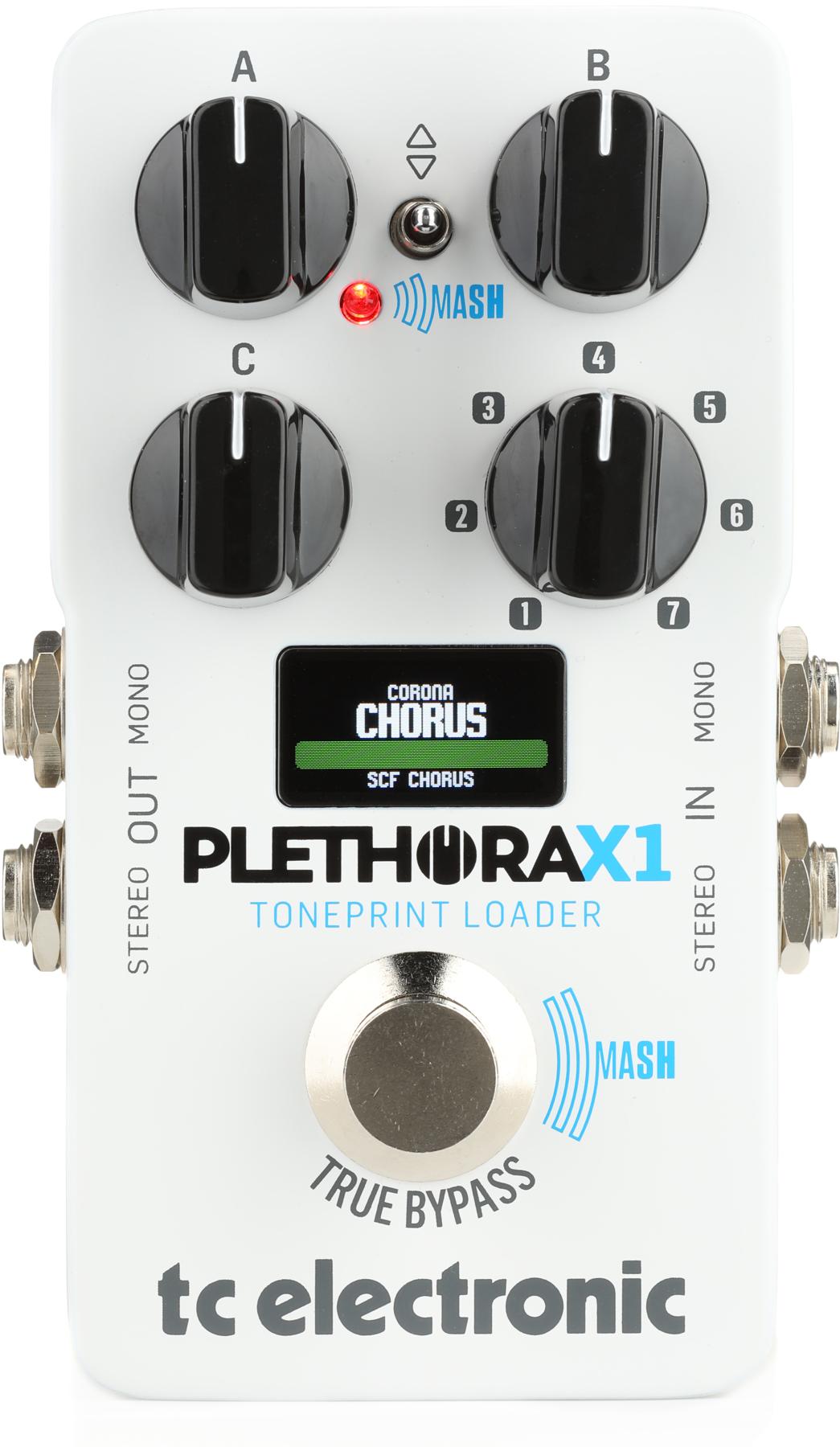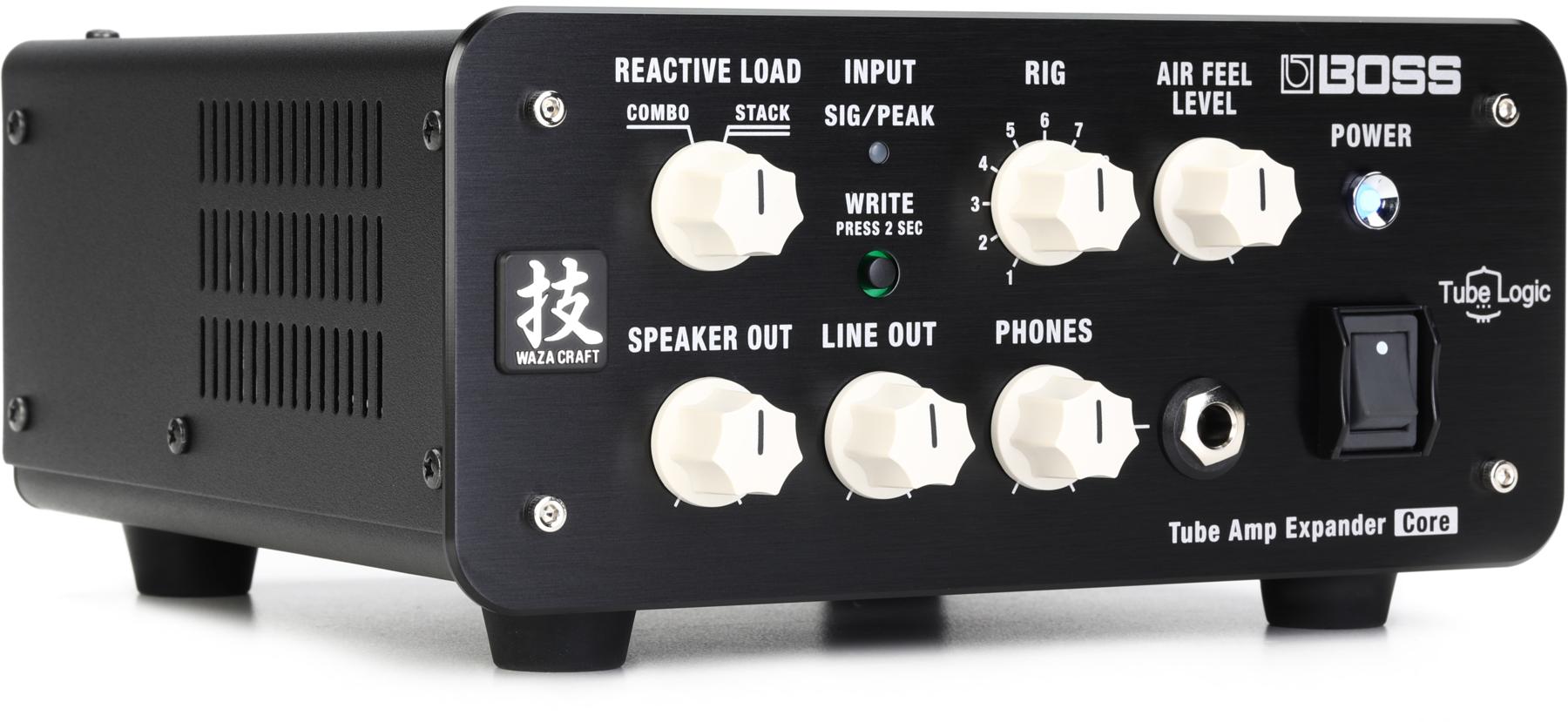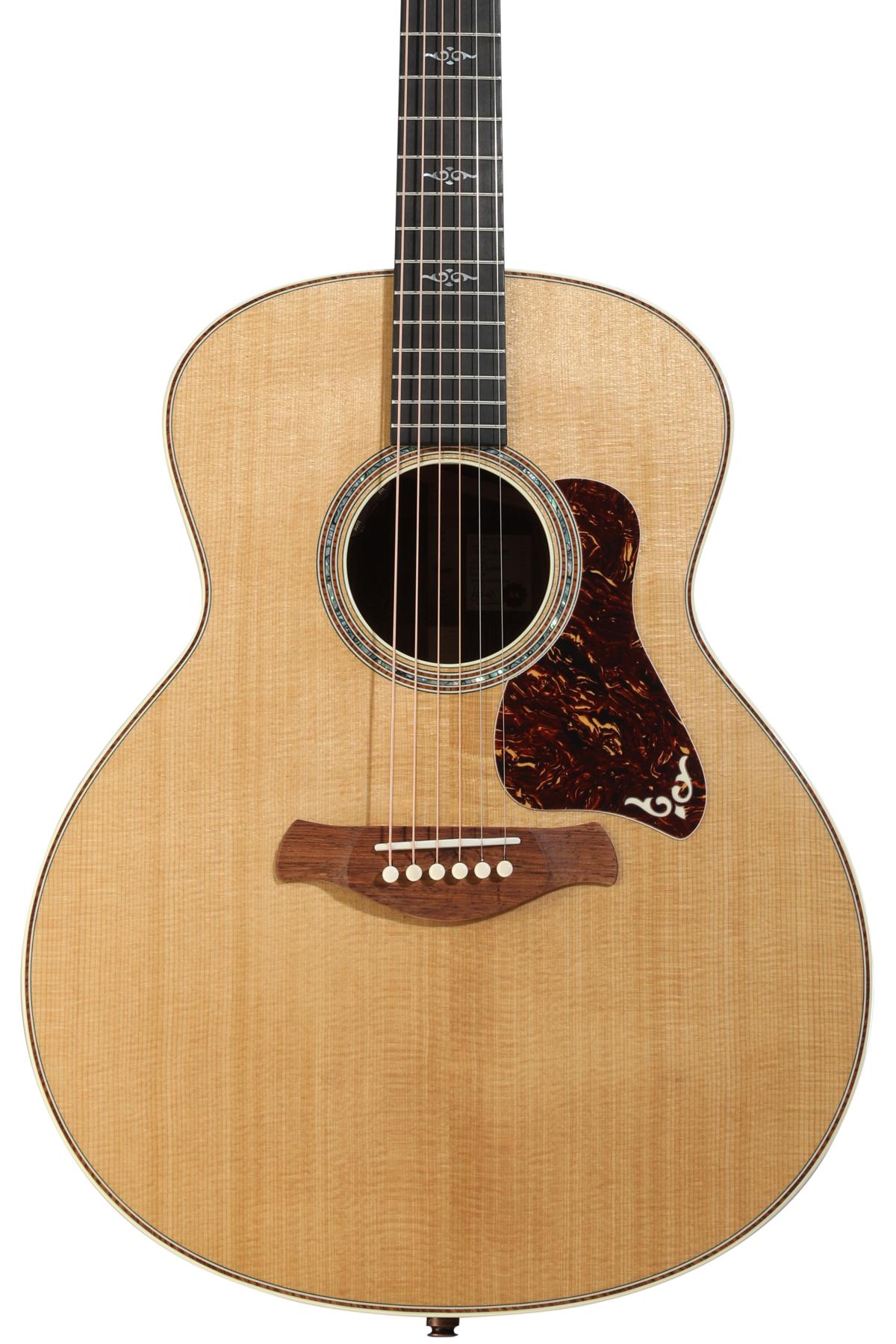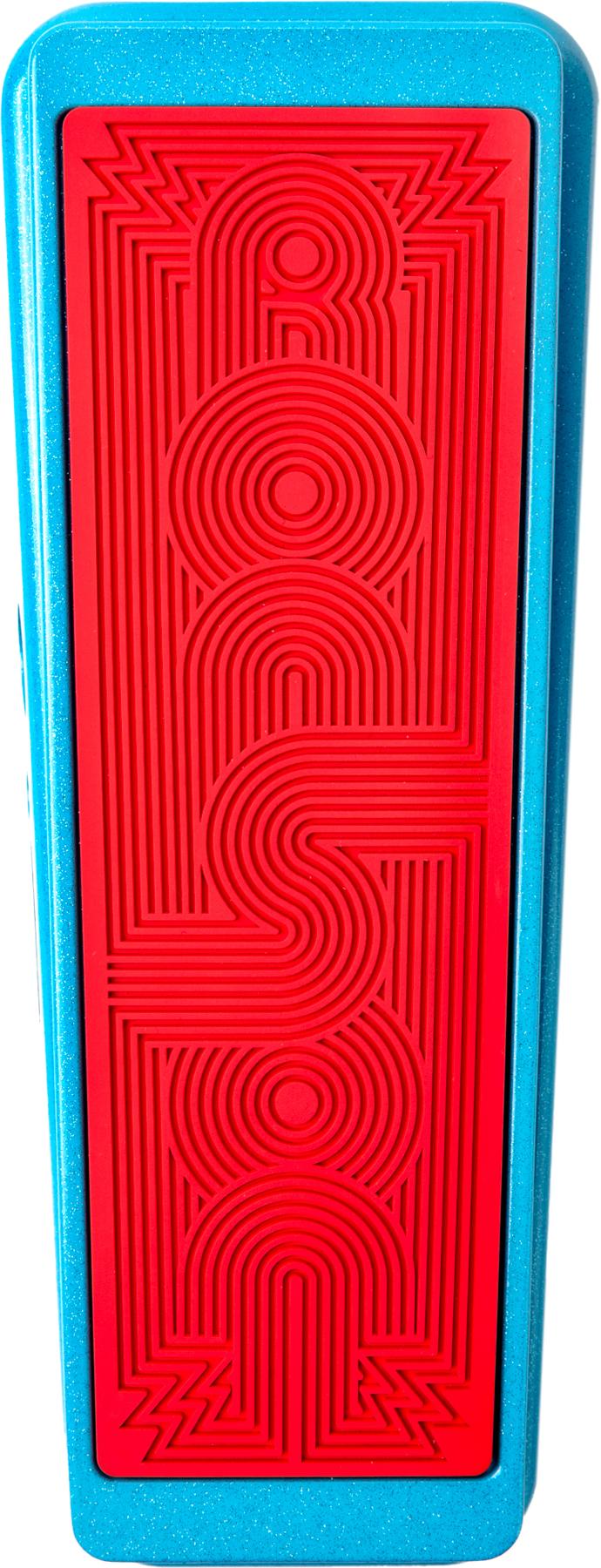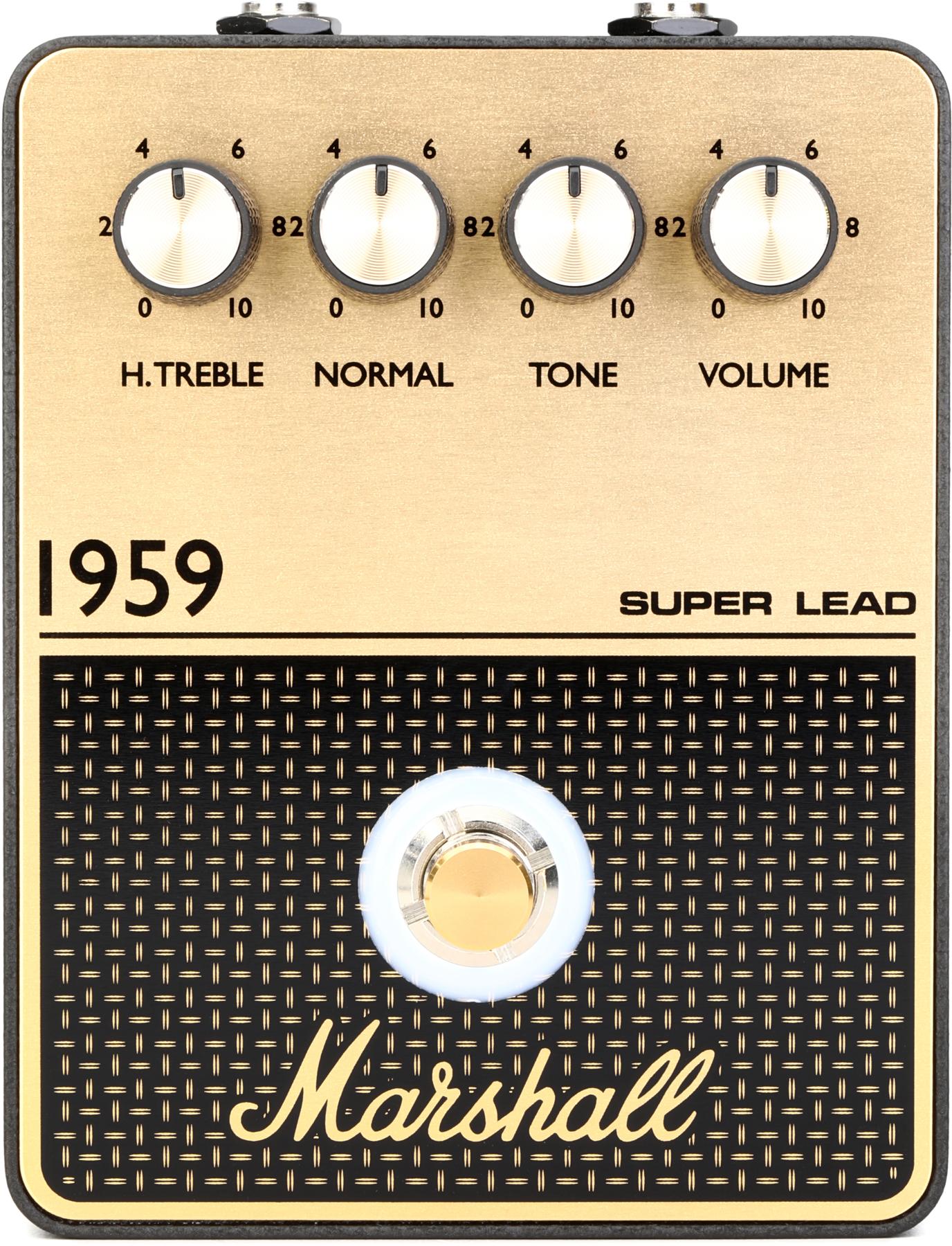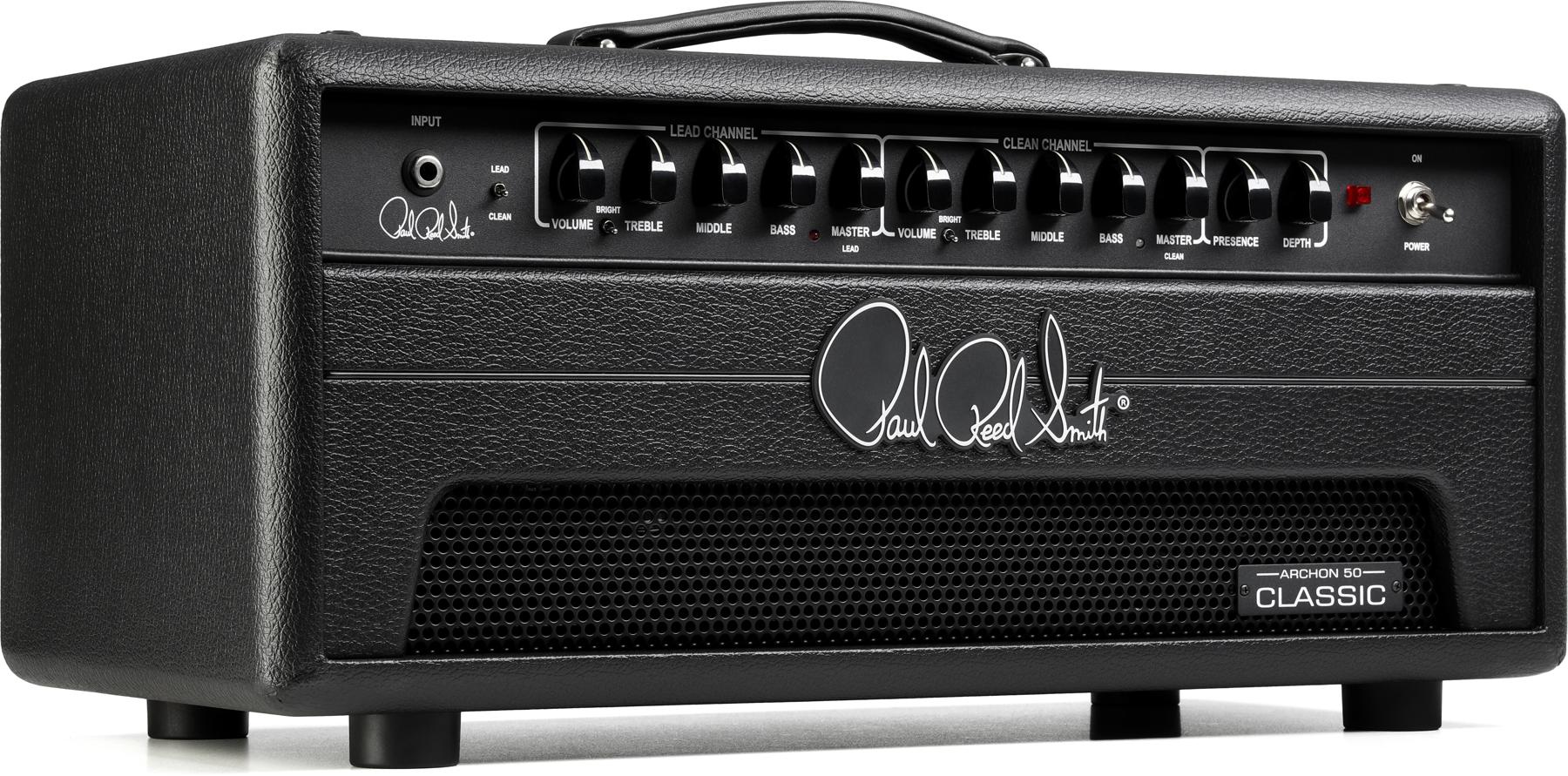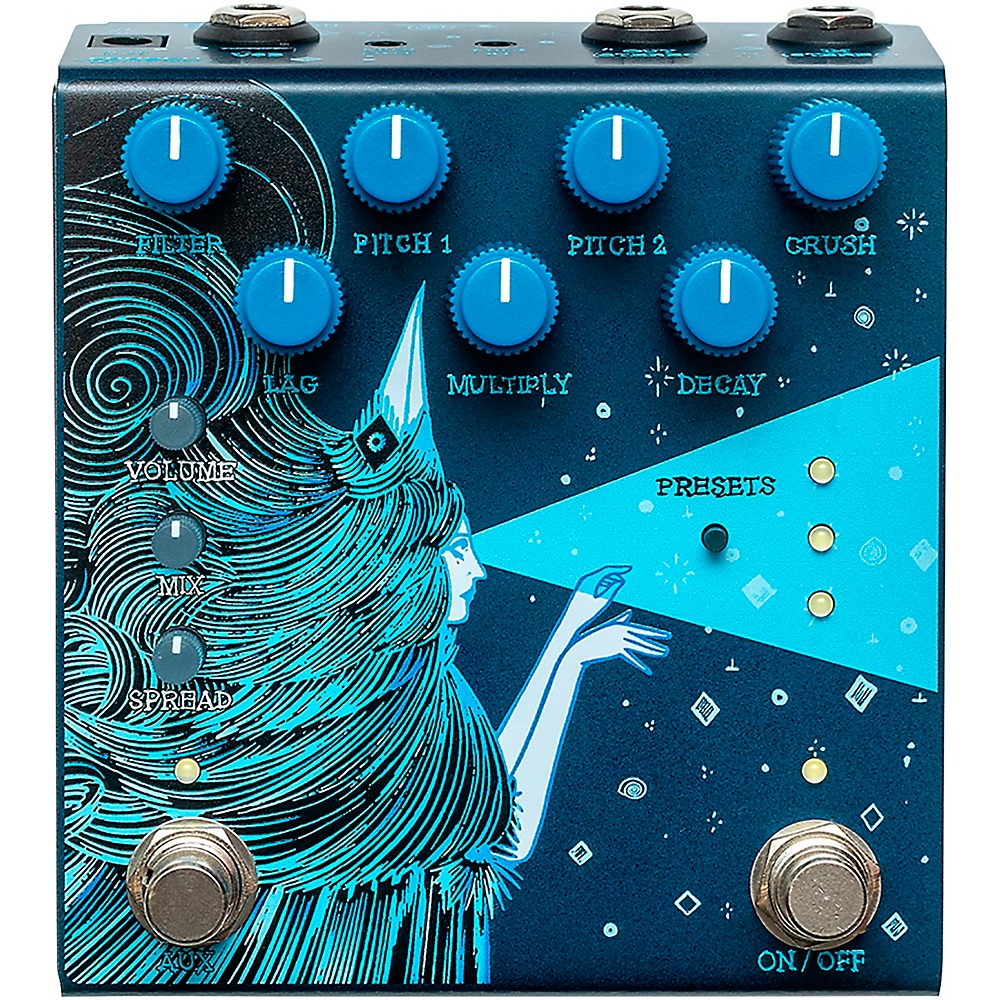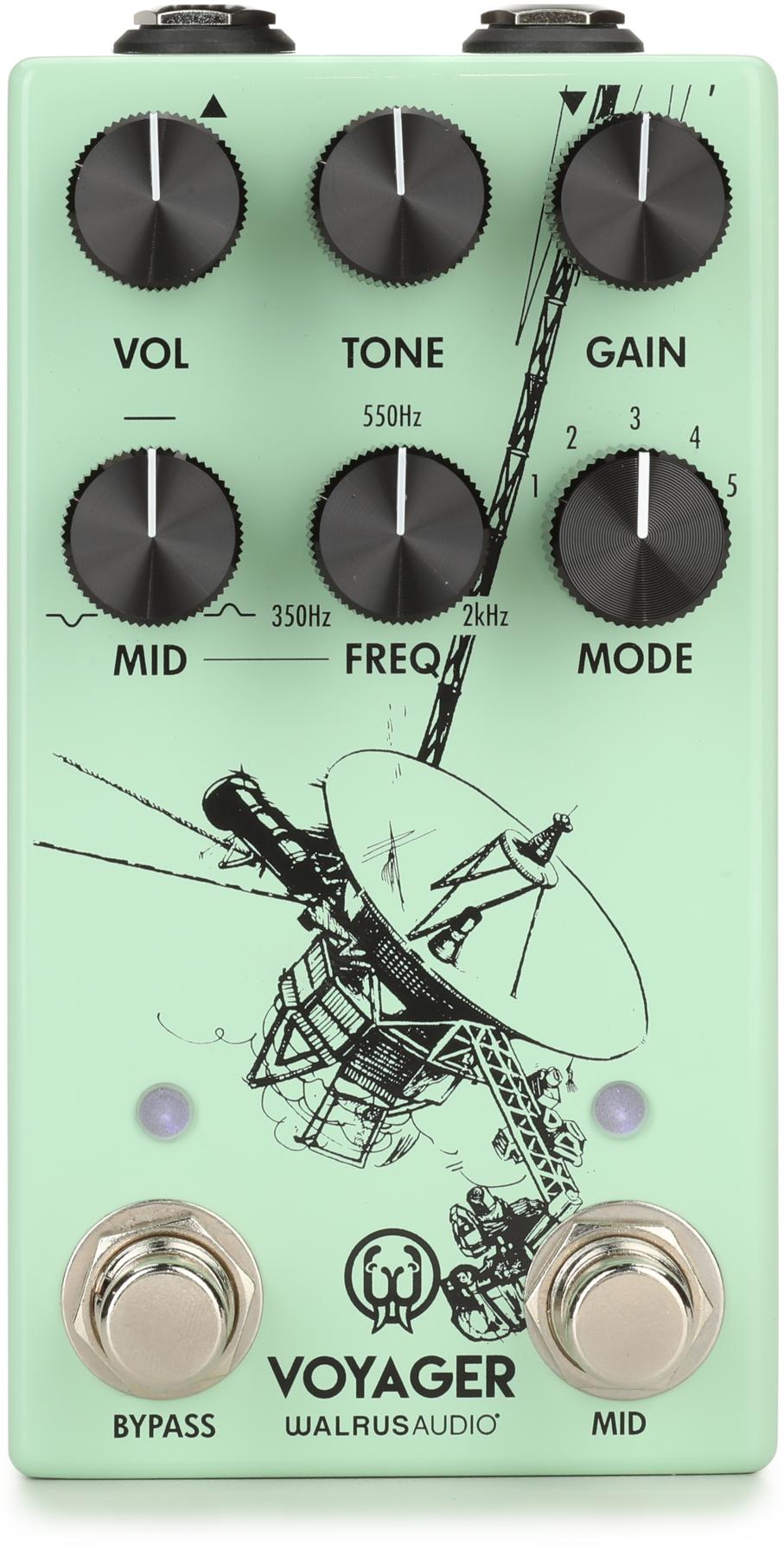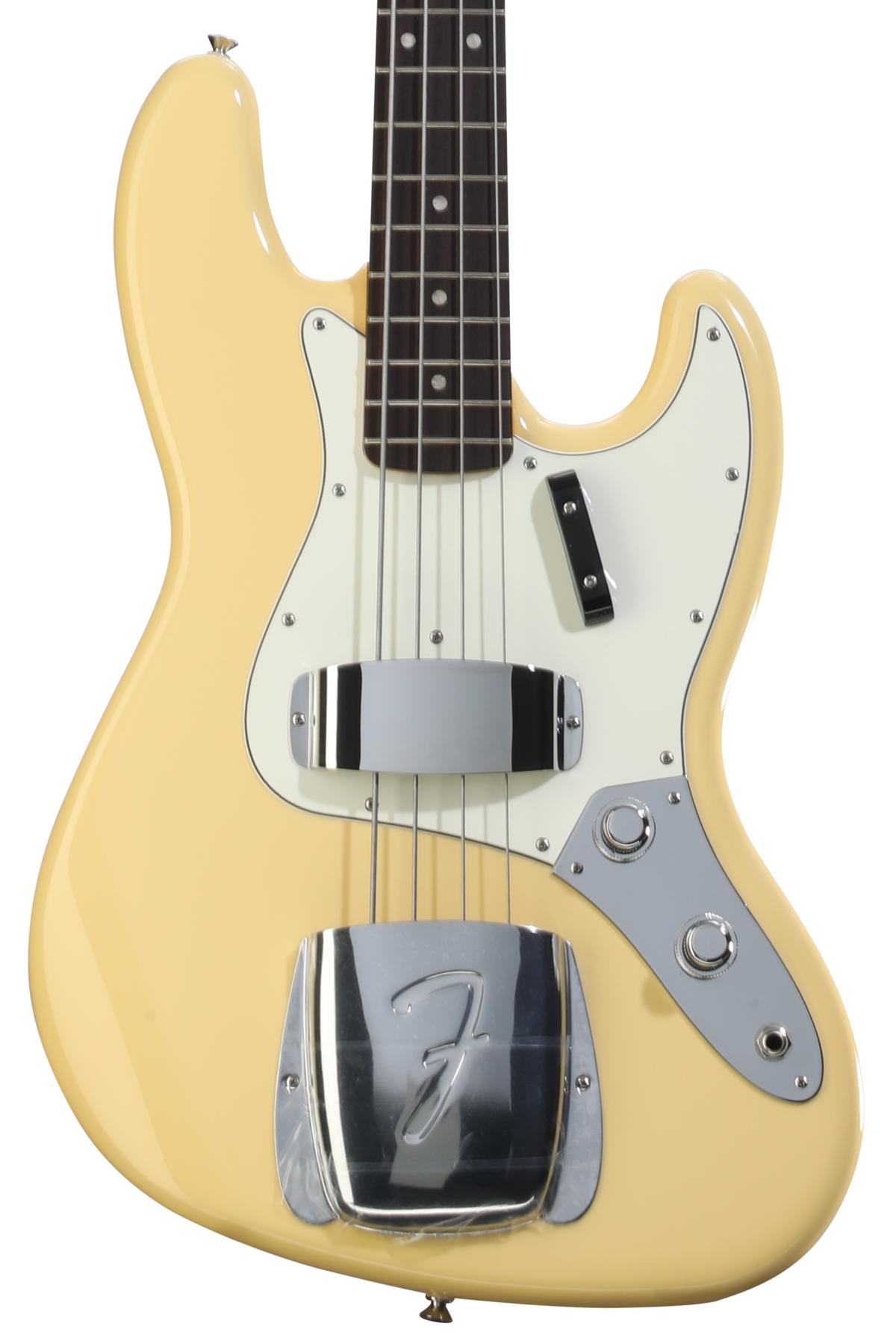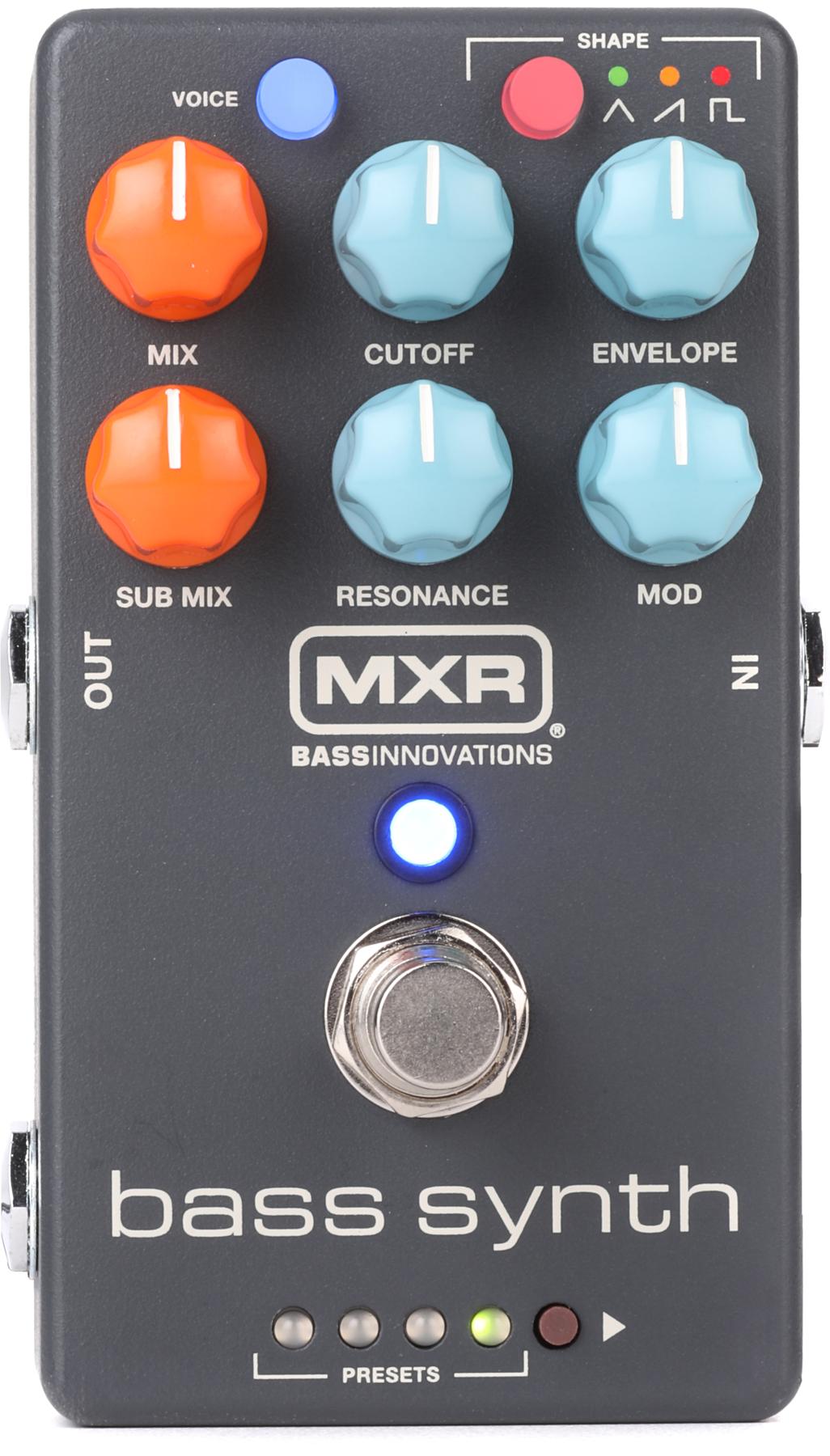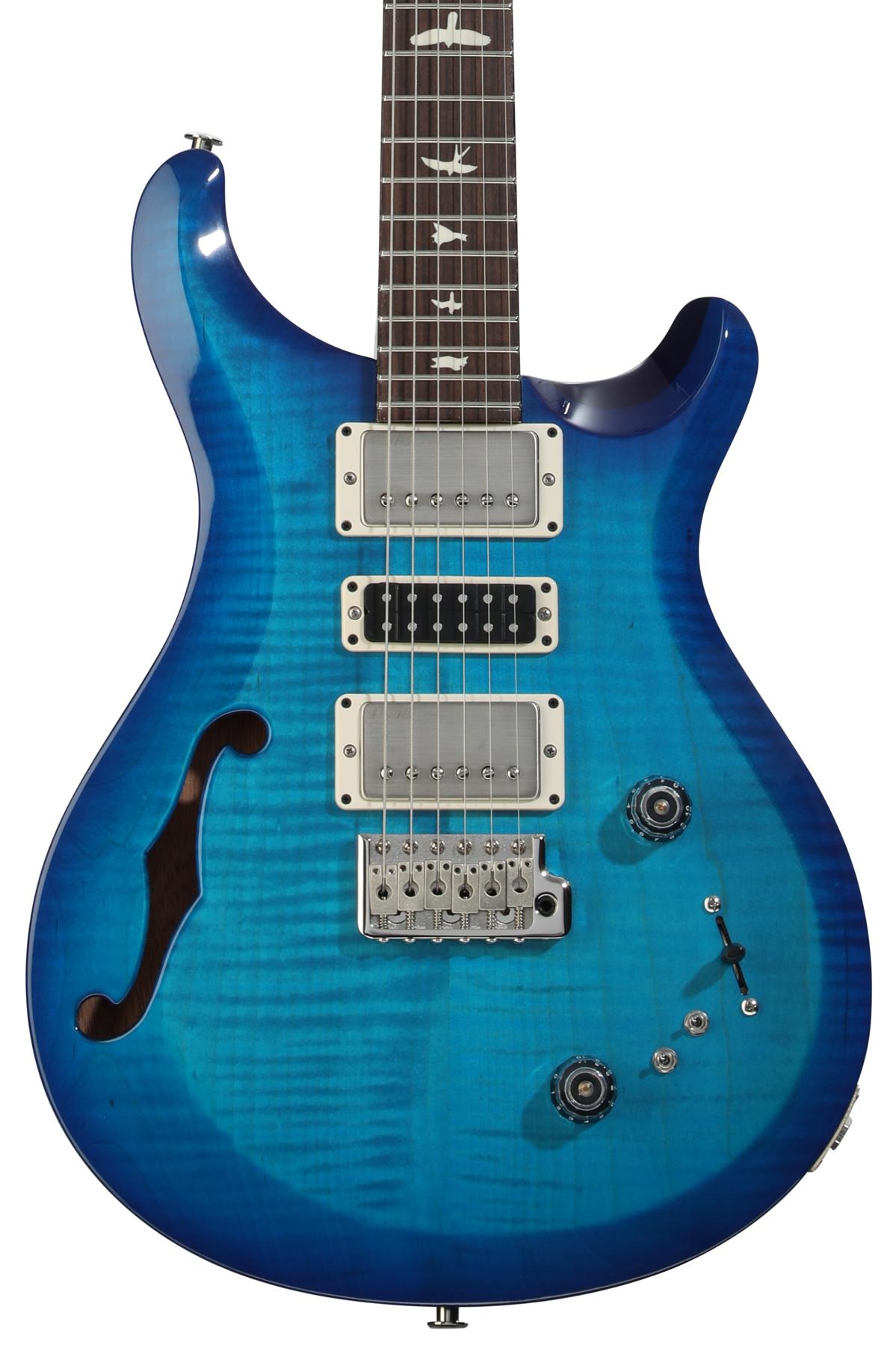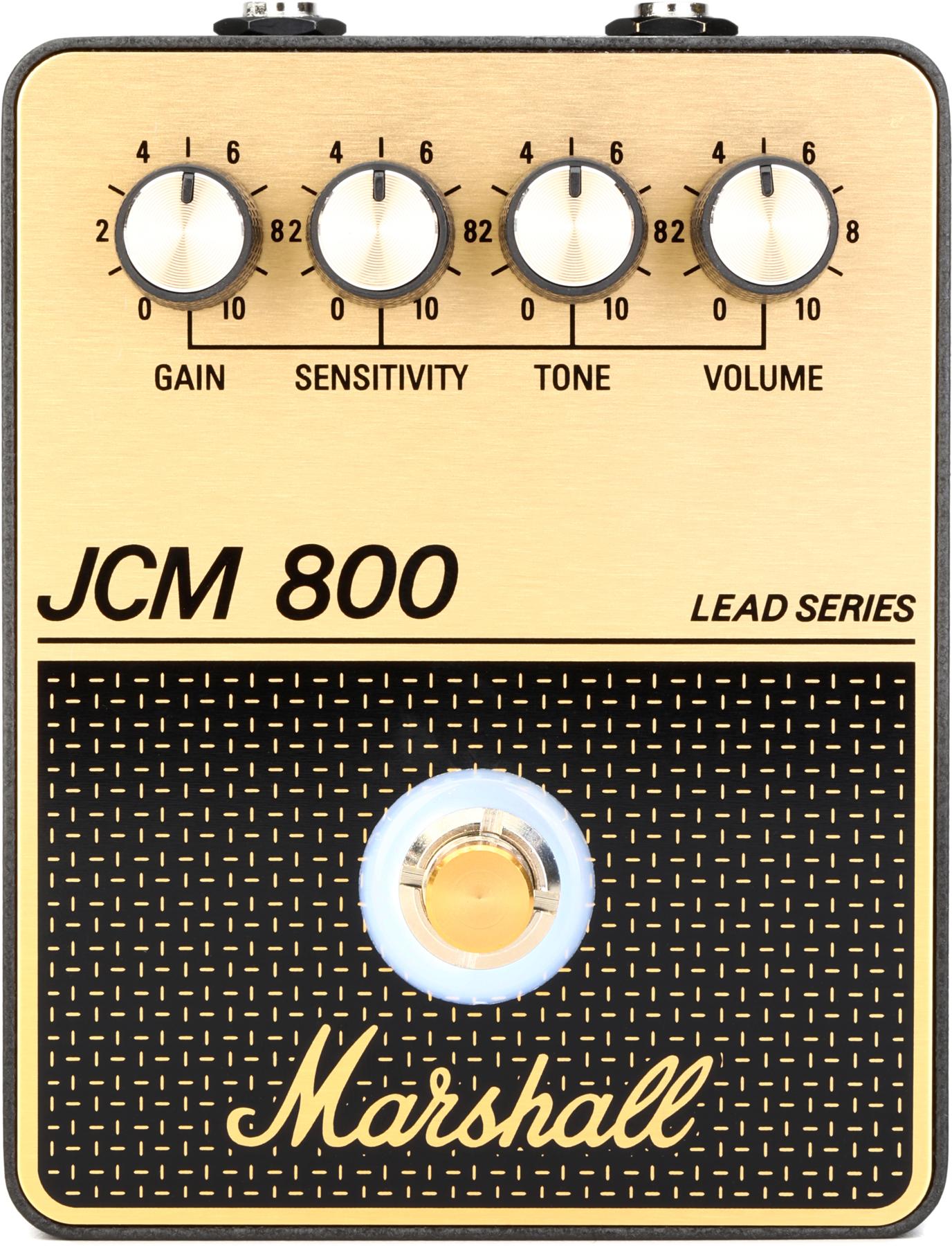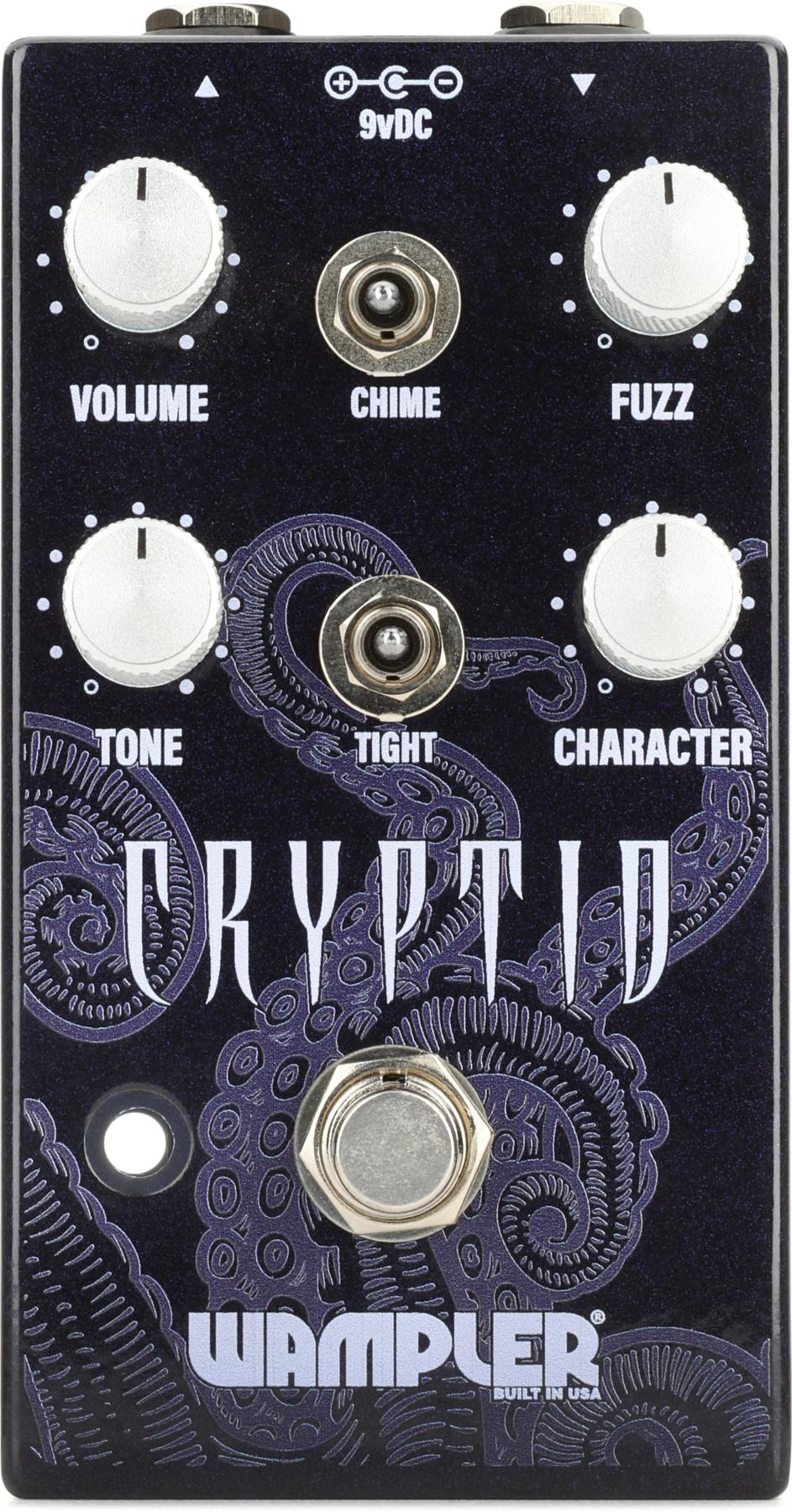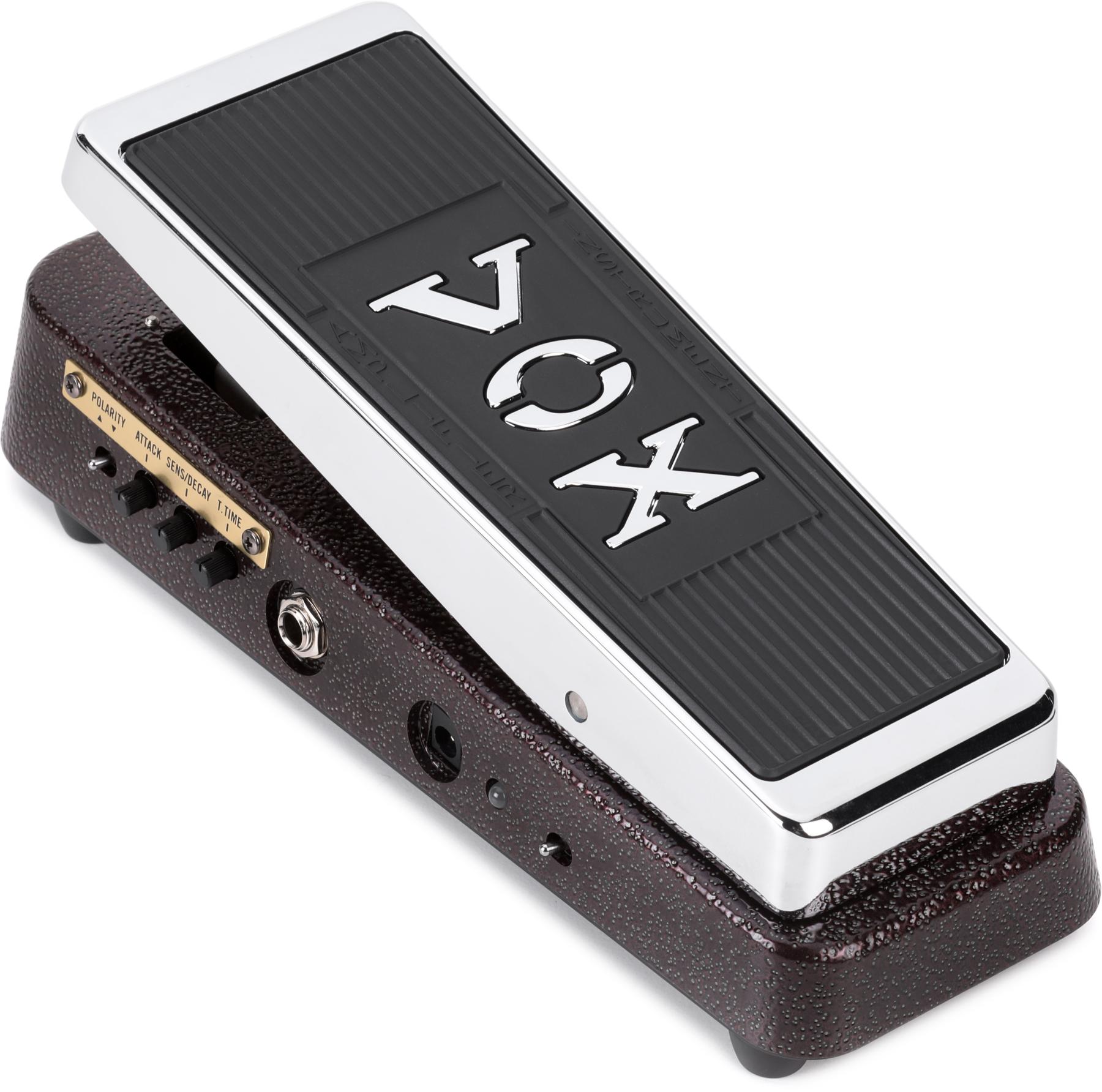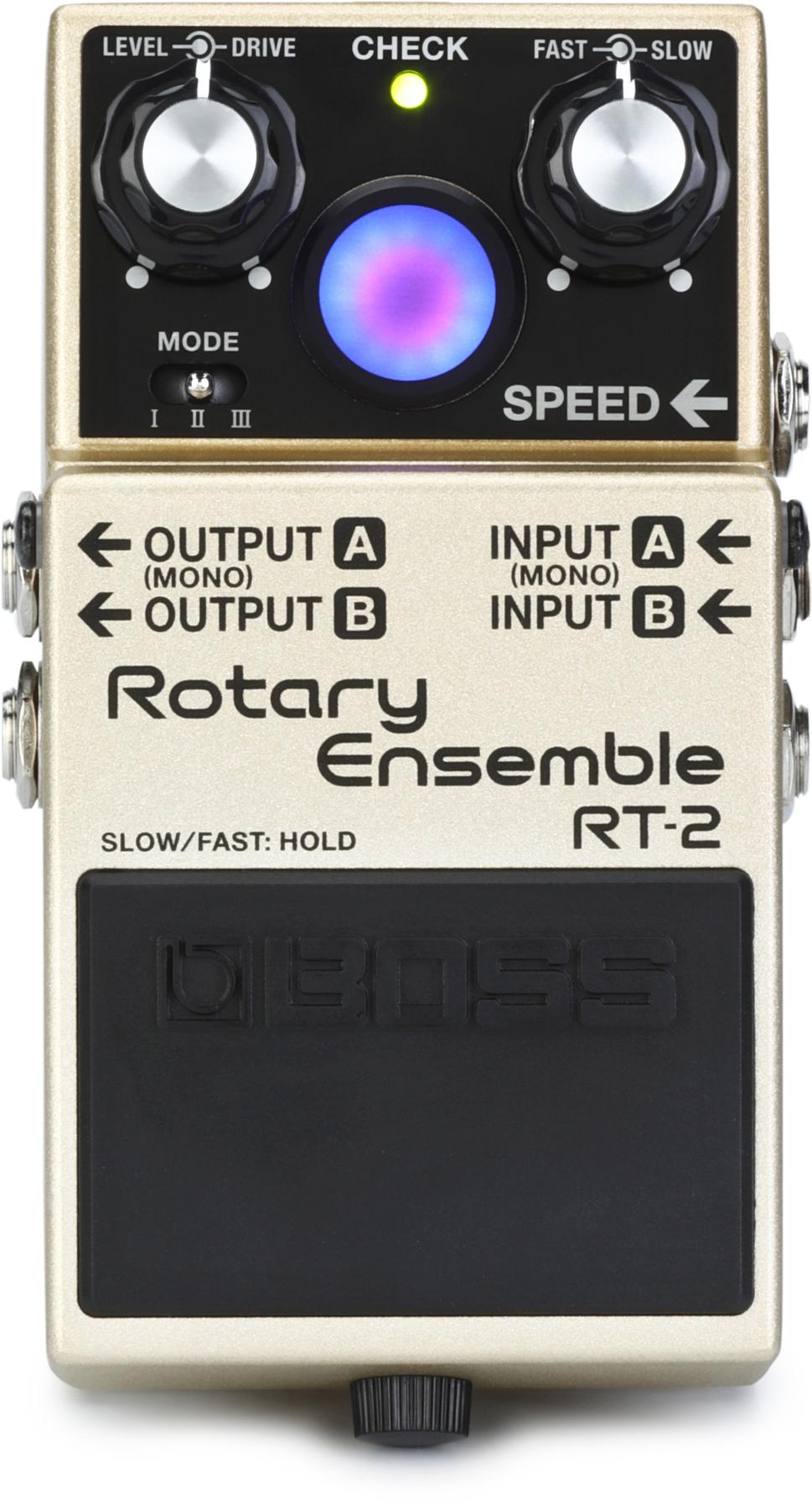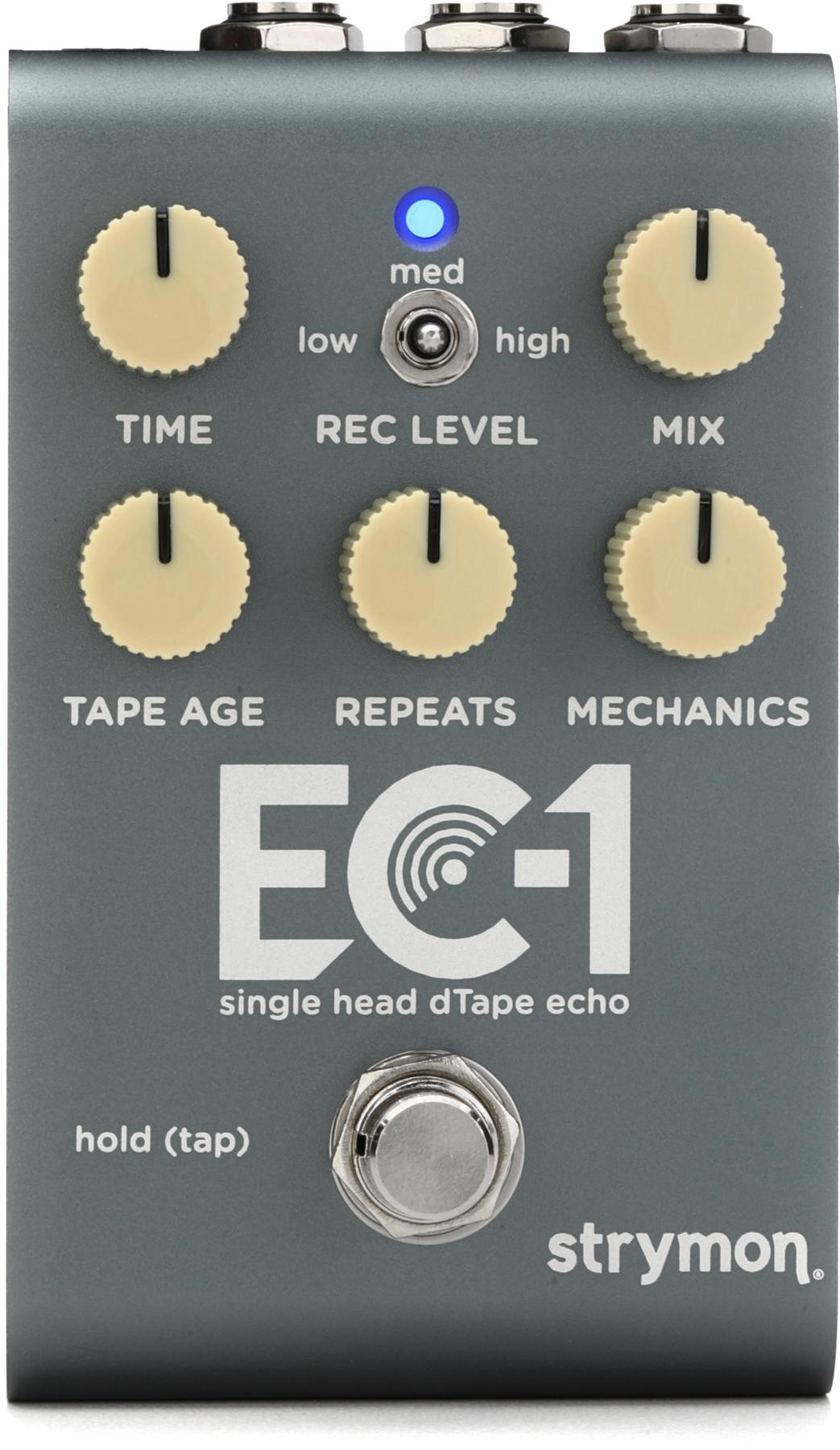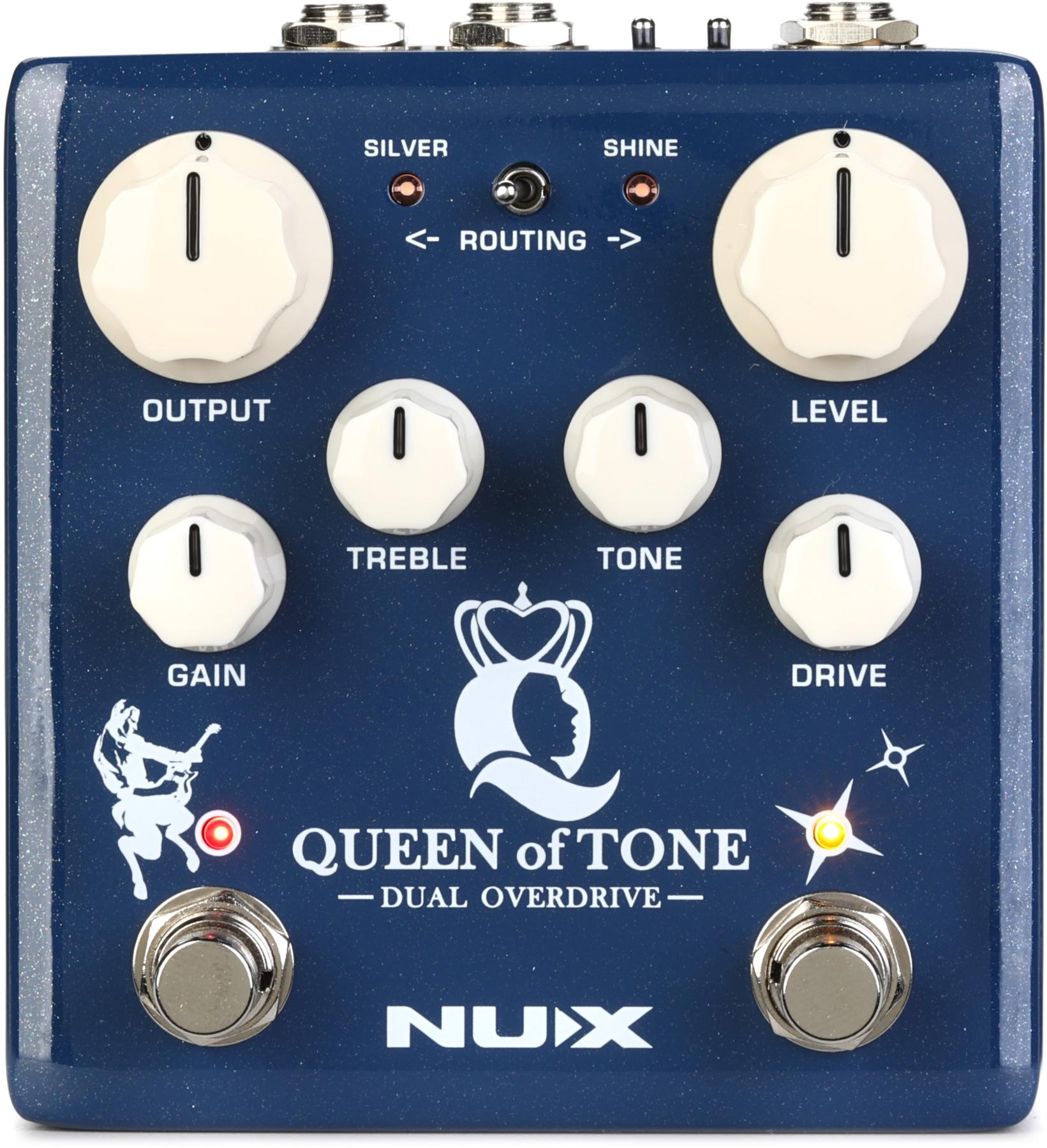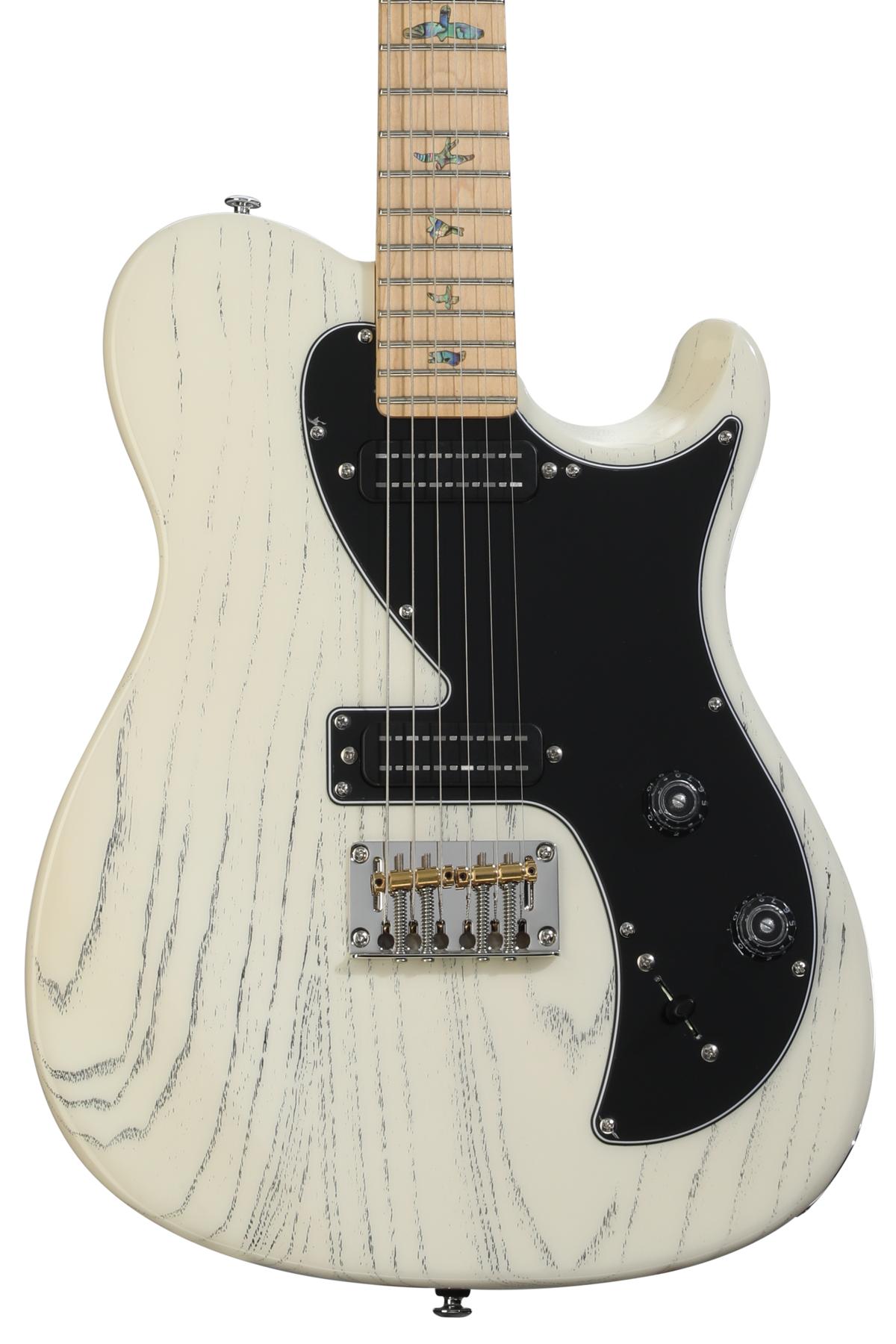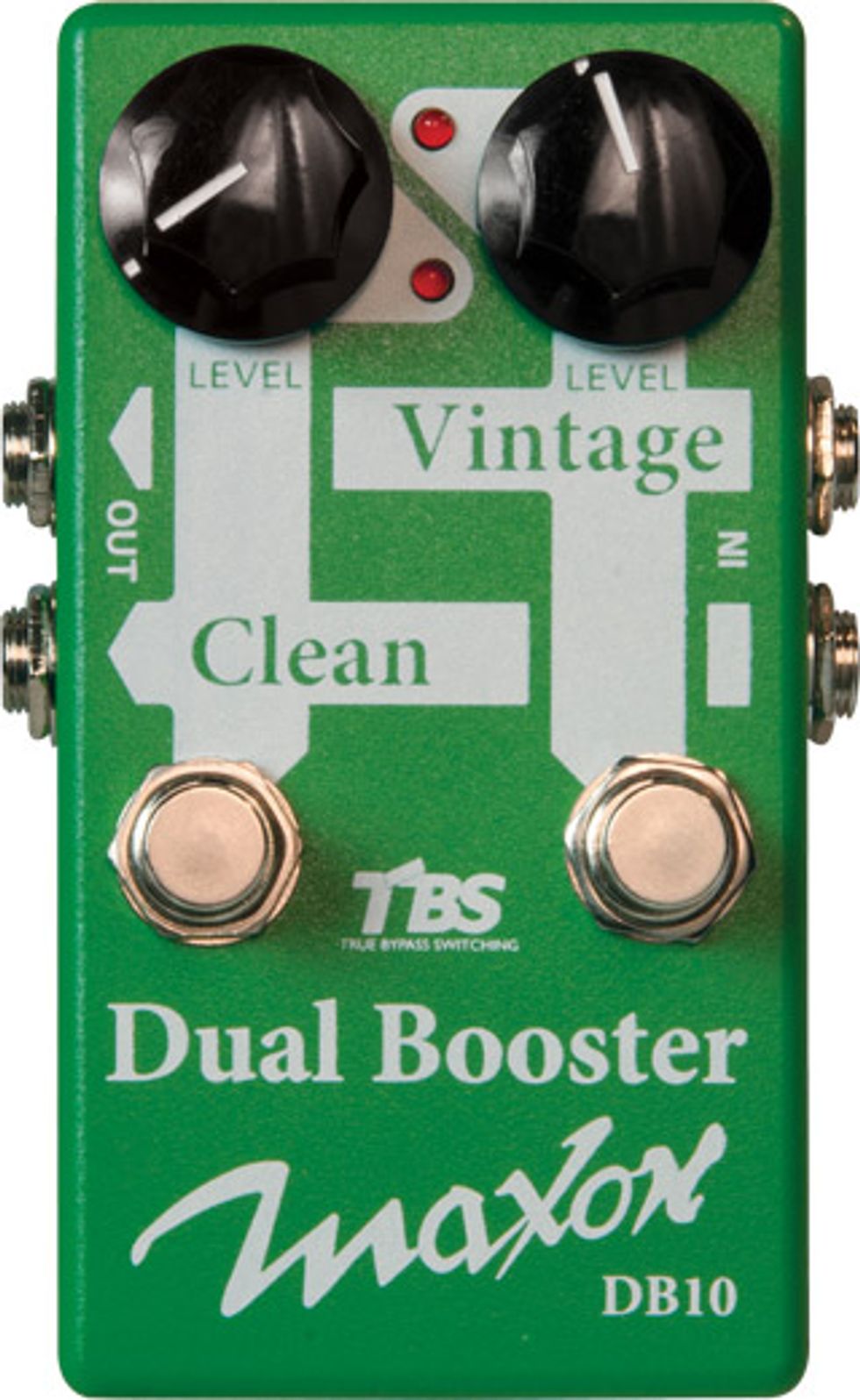
Ever feel like your amp doesn’t quite reach the potential that its formidable exterior suggests? Or that you can’t match your bandmates’ volume when you need to? Sometimes we all need a boost to the right orbital altitude.
Maxon’s new DB10 Dual Booster puts a more versatile and powerful propulsion system at your disposal. With two distinctly voiced boost circuits and 20 dB of boost on each, it’s got color galore and enough gain to launch you into that perfect orbit without ruining your tone.
Two Stage Rocket
Maxon made some of the best
effects pedals of the early ’80s—
often in Ibanez livery (perhaps
you’ve heard of the TS808 and
TS9?). Since then, the company
has continued to make prograde,
amazing sounding effects
of exceptional quality, and the
DB10 reflects the same knack
for design and road-ready toughness
that made their original
designs and reissues so desirable.
Sporting a dark green paint job and white letters, the DB10 has loads of early ’80s charm with its less-than-subtle nod to the TS808. Carrying on Maxon’s reputation for building nearly indestructible pedals, the DB10 also gives you the sense that you could hurl it clear across a club without putting a dent in the thing.
Like most boost pedals, the DB10 has a pretty simple layout: two level knobs, two red LED indicators, two true-bypass footswitches, independent input/output jacks for each channel, and a 9V-18V DC power jack. There’s also a very solid battery compartment located on the back. About the only conceivable complaint with the design is that cascading the channels into each other requires a 1/4" cable that can increase pedalboard clutter. A 3-way selector switch ser ving the same function would have been preferable for some, but Maxon says this topology was chosen because it lets you place a separate distortion pedal in line between the DB10’s two boost circuits.
Fuel to Burn
I gave the DB10 a run with
a ’60s Fender Twin Reverb in
the trial-by-fire environs of a
live show and with a Vox AC4
in the studio. In both environments,
I noticed that the
vintage channel is pretty subtle
until cranked. But when you
push it, your amp’s preamp will
really feel the heat, and with
the 20 dB of boost per channel,
this pedal has gain to burn if
you need it. In terms of tone,
the mojo of early Kinks guitar
comes to mind immediately.
And if you push a single-stage
tube amp with the DB10, you
can summon classic and tasty
overdriven tones at volumes
that won’t summon the gendarmes.
It’s almost impossible
not to have a go at the brothers
Davies’ slashing “You Really
Got Me” in this mode.
Ratings
Pros:
Two beautiful-sounding boost channels.
Compact design. Great build quality. Vintage looks.
Cons:
Doesn’t include switchable gain cascade.
Pricey.
Tones:
Ease of Use:
Build:
Value:
Street:
$249
Maxon FX
maxonfx.com
The clean channel is very smooth, and while the pedal is pretty transparent on both channels, this virtue is especially apparent on the clean side. This is a perfect setup for situations where you really need the punch to get out in front of a band for solos or certain phrases, without altering your tone too much.
The Maxon DB10 is not just a great preamp booster for single-stage tube amps either. It works just about anywhere in a signal chain where a little more gain might be necessary. However, it’s powerful enough that it can easily overwhelm most circuitry, so it’s important to remember that a little can go a long way.
The Verdict
The DB10 isn’t
cheap at nearly 250
bucks, but when
you consider the
rock-solid build
quality, functional
and flexible
design, and
massive amounts of gain, this
pedal is a great value—particularly
if you go to boost a lot
in the course of a set. While
super flexible, the pedal isn’t
always suited to all situations
and players. If you have a solidstate
amp, the muscular gain of
the DB10 can crush the front
end in a most unpleasant fashion.
And if you want a simple
single-channel boost or tend to
rely on heavier distortions, the
DB10 is probably not an ideal
match. But with two beautiful
and very transparent voices—
including a vintage voice that
can move into the realms of
beautiful, harmonic, mid-’60sstyle
amp overdrive—this compact
stompbox is a pedalboard
weapon of enormous potential.





















